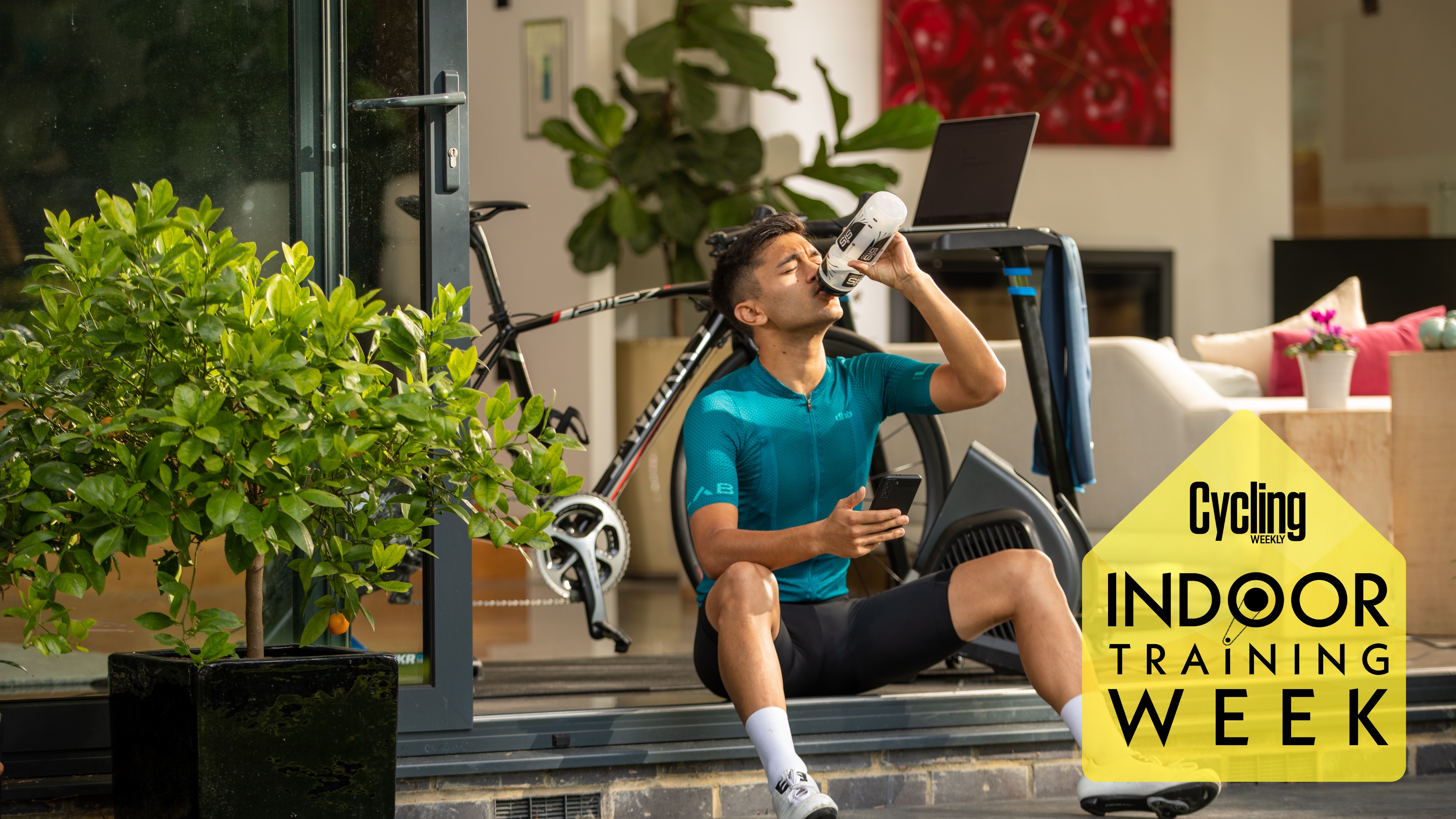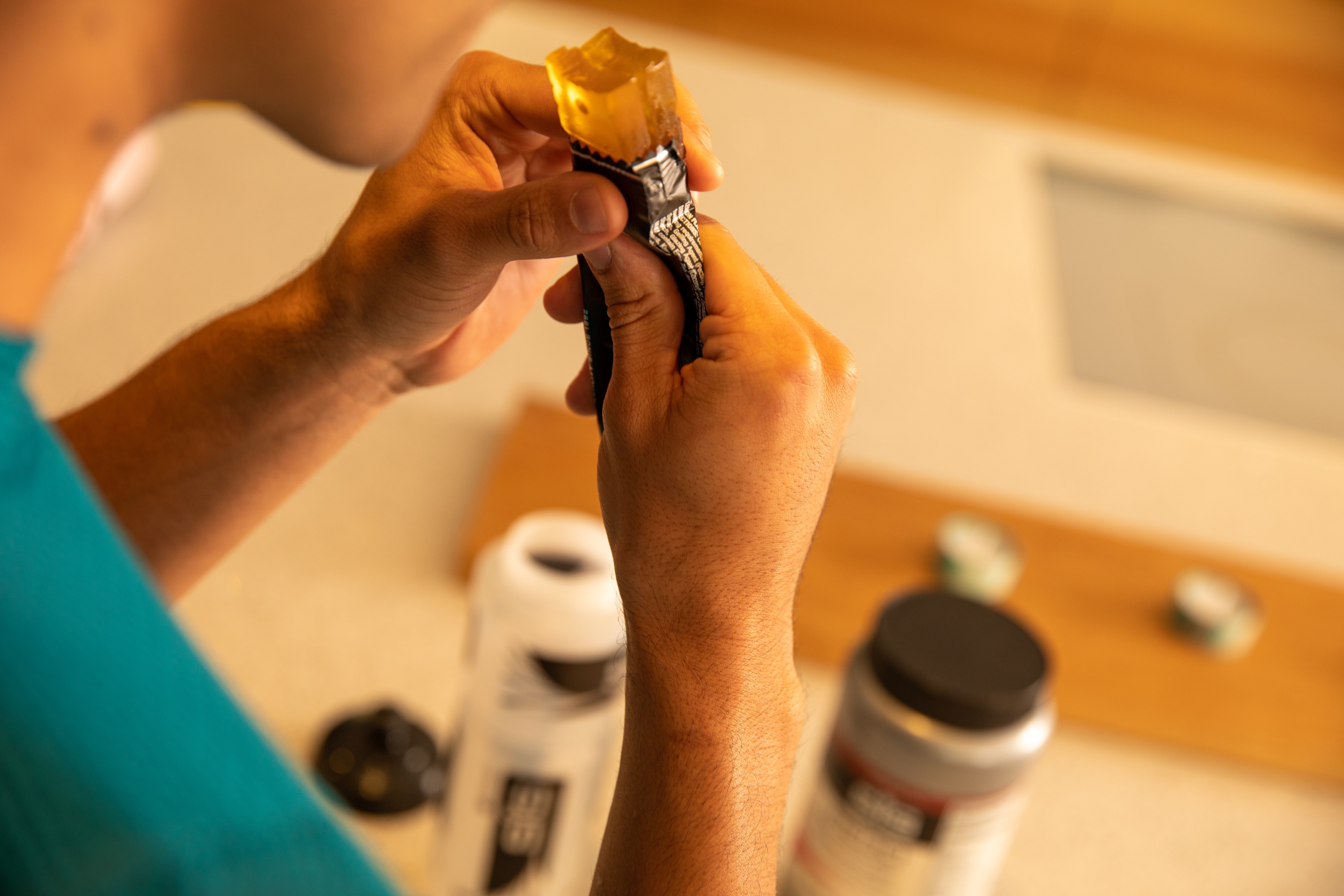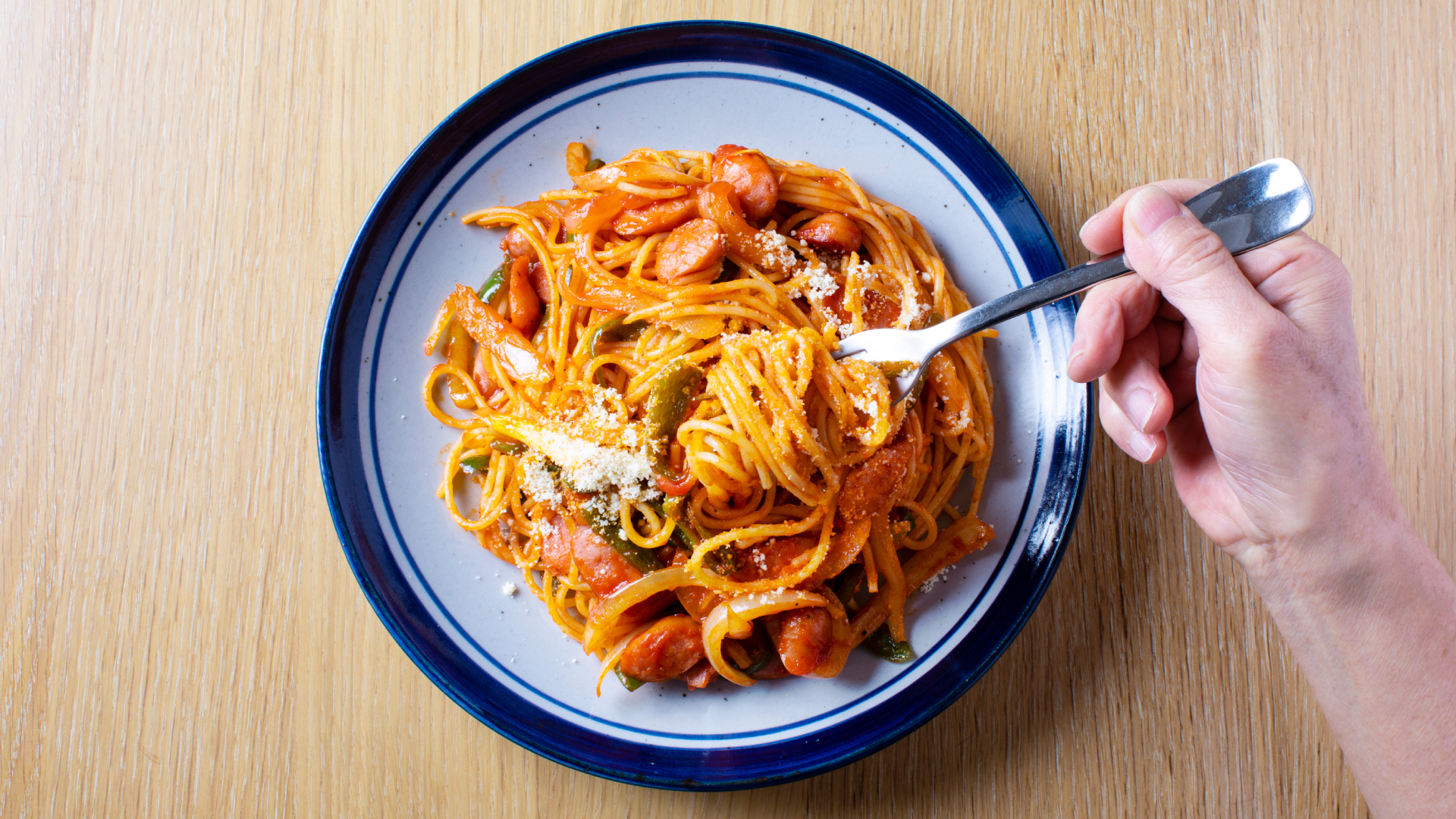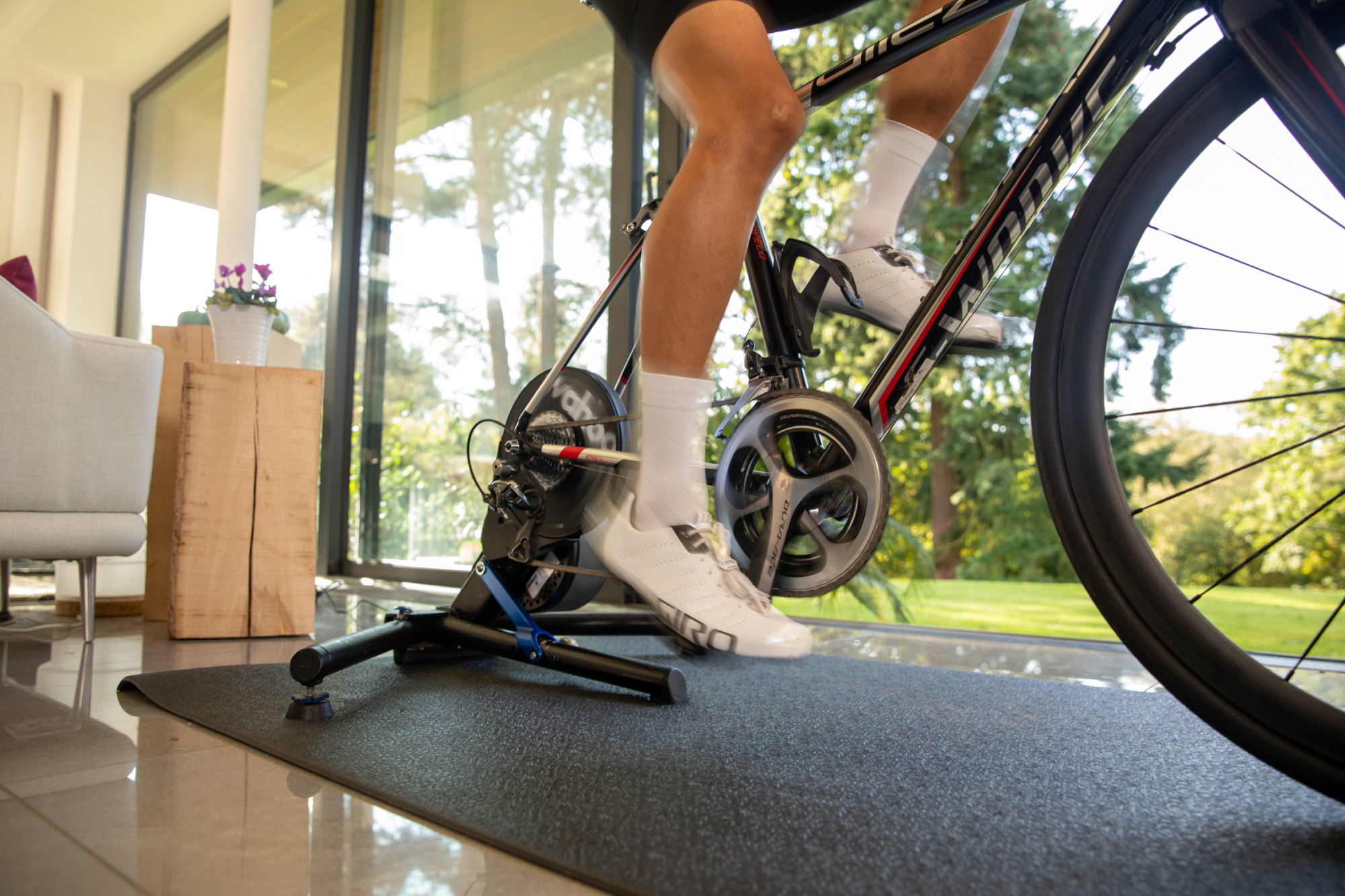
With the weather changing and the mornings and evenings getting darker, many of us will be switching out the later evening or early morning road rides for indoor turbo sessions. These are often short and intense, and with time constraints, a lot of us may forgo proper pre-ride fueling and nutrition before these sessions. This is in drastic contrast to how we tend to prepare for longer outdoor sessions, with carb loading and fuel taken on throughout the ride. But could this lack of adequate fueling be harming both our training, and our recovery?
Why is it important to fuel short sessions?

For pros, training is their job. They may ride for anywhere from 25-30 hours a week, and thus, only 10-20% of this will be at a higher intensity. Amateurs may be limited to the region of 5-8 hours, which means that - in order to see performance gains - a large proportion of that time is spent at higher intensity, often on a turbo trainer to increase the efficiency. But we then need to consider that these higher-intensity sessions require different fueling.
Explaining the ‘why’ on fuelling even short, one-hour sessions, requires a little science.
At intensities over the first lactate threshold (beyond Zone 2) we start to use a higher ratio of carbohydrates to fat. When we go beyond Critical Power (100% of FTP or Zone 4/5 heart rate) we use an even higher ratio of carbohydrates. This is because as the oxygen demand of muscle increases, we rely on more easily oxidised substrates. We use fat at lower intensities because it requires more oxygen to break down into ATP (adenosine triphosphate, the substance responsible for all bodily movements and functions), and we get more ATP per gram of fat than carbs. But as the oxygen demand of exercise increases, we need to break down substrates quickly and with less oxygen, so oxidative (aerobic) glycolyis becomes more prevalent, and then anaerobic glycolysis at even higher intensities. Even during the recovery intervals between efforts, we are still using more carbohydrates.
In addition, indoor training is often done at a higher temperature and sometimes humidity, again increasing the ratio of carbohydrates we burn over a given time period. If we don’t fuel for these sessions properly, we risk not only not being able to perform adequately to elicit the optimal training stimulus, but also impairing our recovery both for future sessions but also for work and other activities.
Indoor turbo sessions are a very time-efficient way of getting in a high-quality training session around busy lifestyles with work and family commitments. But the problem often arises around the fact that when we are time-crunched and prioritising our training, we may neglect our nutrition around the sessions. Additionally, jumping on the bike first thing in the morning or straight after work, we often don’t feel like having a full meal, especially before higher-intensity sessions. This leads to people not consuming the fuel required for the work they are preparing to undertake, which in turn leads to impaired performance.
When completing high-intensity efforts, being unable to perform at your best reduces the effective training stimulus while piling on fatigue. Essentially all of the downside and less of the gain.
Then on the other side of the session, we have the recovery. For sessions after work this may be alright, as having a meal straight after will aid recovery massively. For sessions that are first thing in the morning however, people sometimes neglect the post-ride fueling. Not refuelling and hydrating after a high-intensity session means a reduction in muscle glycogen resynthesis as well as muscle protein synthesis. Essentially your glycogen stores are not as topped up and ready to perform for the next session, and you may experience a bit more muscular fatigue afterwards. If you're dehydrated you will often feel lightheaded and irritable throughout the day as well, not ideal if heading into work!
How to fuel turbo sessions effectively

But there is a solution, and it requires planning.
Fueling for sessions first thing in the morning is manageable, and can be approached similarly to the day before a longer ride. Ensuring that you have a carbohydrate-rich dinner, ideally with lower glycemic index carbs and some fibre will help ensure you have more topped up muscle glycogen for the morning session. Then in the morning, when it can be tough to eat especially just before a hard session, something very basic with fast-acting carbohydrates can work really well. Fruit juice, rice pudding, sugar water, white bread with jam: these are all quick, cheap and effective ways of getting carbs in without spending big on gels or energy drinks and will fuel the session appropriately.
As for afterwards, a bowl of cereal, egg on toast, or beans as a vegan option all offer a good mix of carbs and protein. A recovery shake if pressed for time will also work well and all these options are quick to make.
For evening sessions, let’s say generally lunch is at 12:30pm, and the session won’t be until 6-7pm. Ideally, a carb-rich snack at around 4pm will be a great way to keep glycogen stores topped up, something like a granola bar or a porridge pot, microwavable sachets also work well. For the session itself, you can use the same tactics as for a morning ride with the simple sugars just before. The evening meal afterwards will likely provide everything needed after a session for optimal recovery as well. Additionally for any session over an hour indoors if intense, fueling during the session will be helpful as well. My go to is just plain white sugar in water, as it has a 1:1 ratio of glucose to fructose, the same as most high-carb energy drinks, but costs far less.
So there we have it, your quick guide to getting the most out of your morning or evening turbo sessions, and also ensuring optimal recovery after them as well!
Rider experience

As an example of how fuelling indoor training can help with training performance and gains, I spoke with one of the riders I coach, Michael Stanley, about how the changes we made to his indoor fuelling helped him:
“I've been riding and training on the turbo for around 4 years now and only started fueling specifically for turbo sessions in the last 12 months since working with Andy.
I typically train in the morning before work as it’s the only time slot that work or family commitments tend not to bleed into. To be time efficient I used to wake up, grab a coffee and jump straight on the turbo.
Typically, the first set of intervals went okay. Morale would be high but as the session went on my performance was fading. Sometimes I'd abandon the session unable to hold the required power, other times I’d finish but find my energy levels at work were then low.
Andy suggested getting some simple sugars in before the session and it’s had an amazing effect.
Time efficiency is still key for me so anything I eat has to be ready in the time it takes me to make a coffee. I typically go for a porridge sachet with a generous amount of golden syrup or crumpets loaded with jam. Both super simple and quick to eat.
I’ve noticed a big difference in my ability to finish sessions successfully and it’s removed the energy level slump dip in work after.
It now seems obvious as I’ve always tried to eat well before & during outside rides but just overlooked the morning turbo!”







